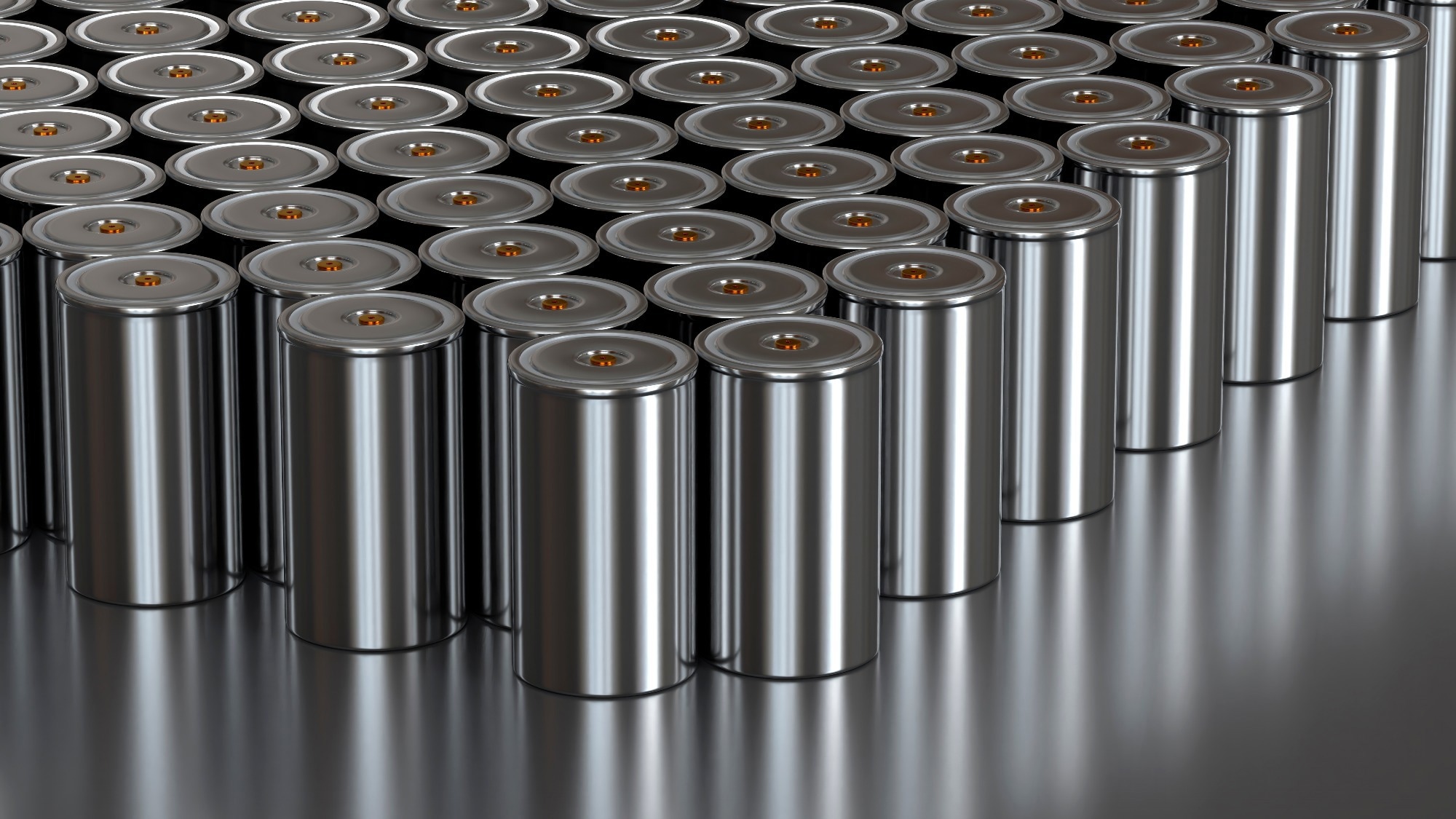A recent study published in Advanced Energy and Sustainability Research examined how sodium carboxymethyl cellulose (NaCMC) affects the performance of graphite anodes in lithium-ion batteries. Researchers evaluated key parameters—degree of substitution (DS), molecular weight (MW), and gel particle content—to determine their impact on electrochemical performance.

Image Credit: Kittyfly/Shutterstock.com
Background
While often overlooked, binders play a crucial role in battery performance by ensuring mechanical stability and proper dispersion of active materials. They also need to exhibit high electrochemical stability to maintain long-term battery efficiency.
Polyvinylidene fluoride (PVDF) is commonly used as a binder due to its strong adhesion and stability. However, it relies on the toxic solvent N-methyl-2-pyrrolidone (NMP), which requires high drying temperatures and poses safety risks. As a more sustainable alternative, NaCMC—a biodegradable, water-soluble binder—has gained popularity for use in anodes.
The performance of NaCMC depends on its DS and MW, yet their effects on electrode properties and overall cell performance are not fully understood. Additionally, gel particles, which form as byproducts during NaCMC synthesis, have been largely ignored due to their minimal presence but may still impact electrode performance.
Methods
Graphite anodes were prepared using a mixture of graphite (96 wt.%), carbon black (1.5 wt.%), styrene-butadiene rubber (SBR; 1.25 wt.%), and different NaCMCs (1.25 wt.%). Researchers investigated how variations in DS, MW, and gel particles influenced electrode properties.
A slurry of these materials was coated onto a copper current collector using a roll-to-roll process with a doctor blade, creating a wet-film thickness of 75 μm. The anodes were designed with an areal capacity of 2.1 ± 0.1 mAh/cm2. A separate batch of copper foil was used to analyze the effects of gel particle content.
To assess adhesion, a 90 ° peel-off test was conducted, while electrode resistivity was measured using a four-terminal method. Residual water content was determined via Karl–Fischer titration, and gel particle distribution was examined under a light-emitting diode microscope.
Electrochemical investigations were performed using pouch cells to examine the impact of varying MW and DS. Two 0.05 C steps were included every 200 cycles to investigate reversible and irreversible capacity loss during cycling.
The full cell setup was also assembled in coin cells for further electrochemical studies. The discharge rate capability and long-term cycling stability were examined identically on pouch cells and coin cells.
Results and Discussion
Variations in the DS, MW, and gel particle content in NaCMC had a noticeable impact on graphite anode performance. Lowering the DS improved adhesion strength across both low and high MW NaCMCs, with high MW samples consistently showing better adhesion than their low MW counterparts, regardless of DS.
Electrical resistivity was particularly sensitive to DS in low MW NaCMCs, while increasing MW generally led to higher volume resistivity, independent of DS. This increase in MW also caused greater water retention, likely due to more molecular entanglements, which made it harder for water to evaporate. Higher MW NaCMCs retained more water in all cases, which could affect electrode drying and processing efficiency.
Although gel particles form in small amounts during NaCMC synthesis, they significantly affect electrode properties. Reducing their presence improves the dispersion of carbon additives, lowering interfacial resistance and volume resistivity while maintaining strong adhesion. This suggests that using a higher-grade NaCMC with fewer gel particles could enhance electrode properties without requiring further adjustments to the composition.
At low discharge rates, all electrodes performed similarly, but differences became more apparent at higher rates. High MW NaCMCs tended to perform worse than low MW versions because of their higher water retention, which likely affected ion transport within the electrode. Lower DS helped reduce water retention in high MW NaCMCs, but its effect was somewhat limited due to the overall impact of increased molecular entanglements.
Meanwhile, electrodes with fewer gel particles demonstrated better conductivity, which contributed to superior rate capability. Achieving the best cell performance required balancing adhesion, resistivity, and water retention. Managing gel particle content was particularly important, as a low-gel NaCMC could significantly improve both rate capability and overall electrode performance.
Journal Reference
Keim, N. et al. (2025). Understanding Key NaCMC Properties to Optimize Electrodes and Battery Performance. Advanced Energy and Sustainability Research. DOI: 10.1002/aesr.202400364, https://advanced.onlinelibrary.wiley.com/doi/10.1002/aesr.202400364
Disclaimer: The views expressed here are those of the author expressed in their private capacity and do not necessarily represent the views of AZoM.com Limited T/A AZoNetwork the owner and operator of this website. This disclaimer forms part of the Terms and conditions of use of this website.